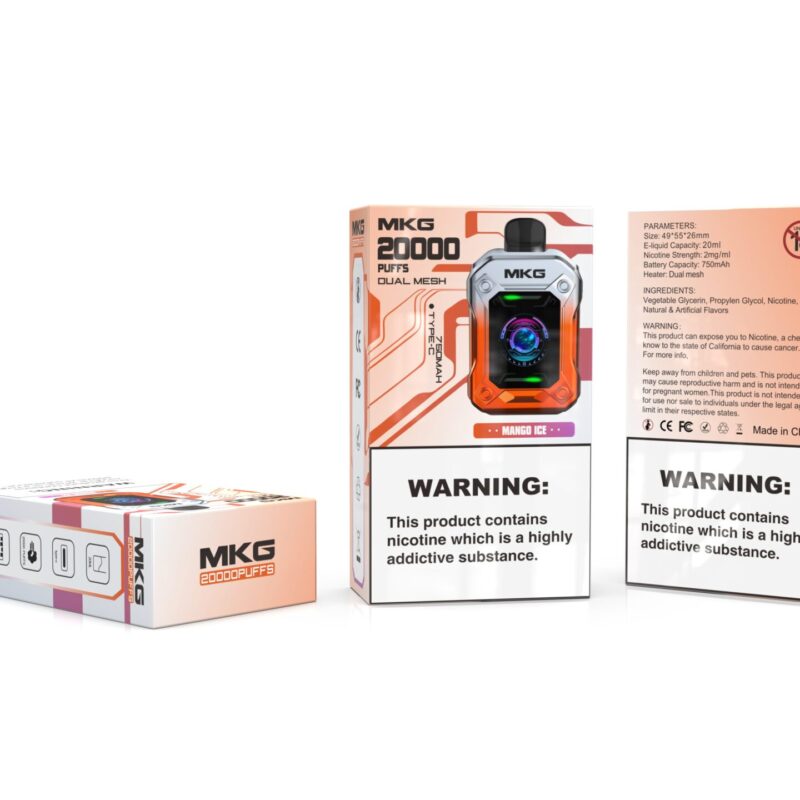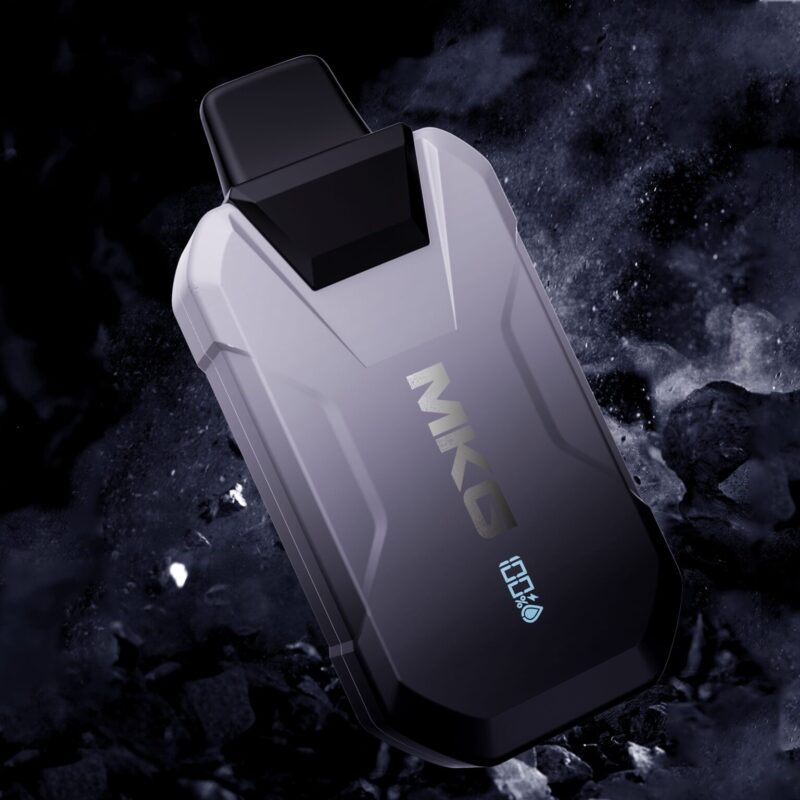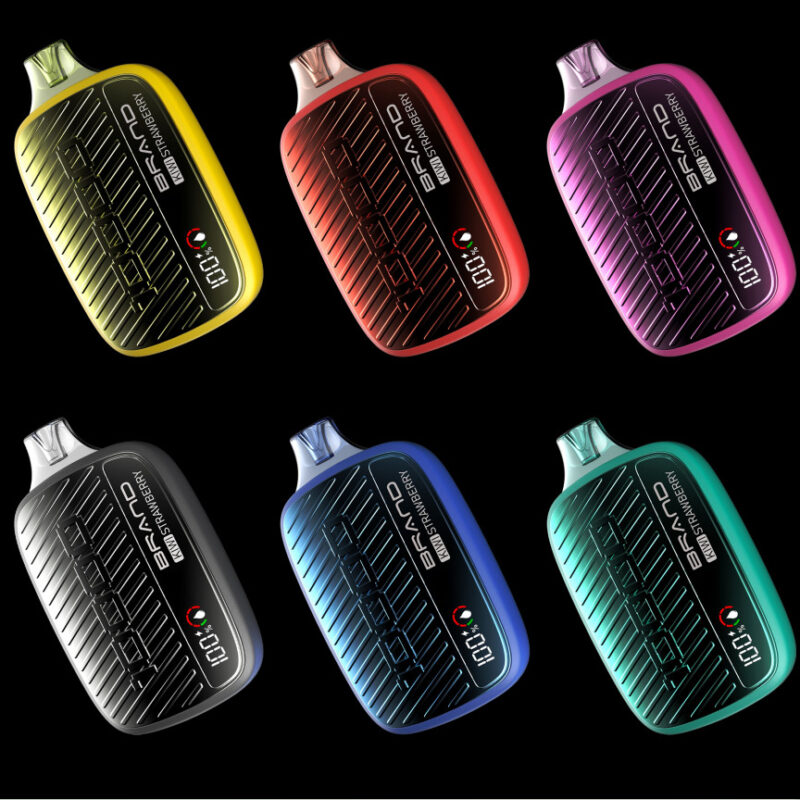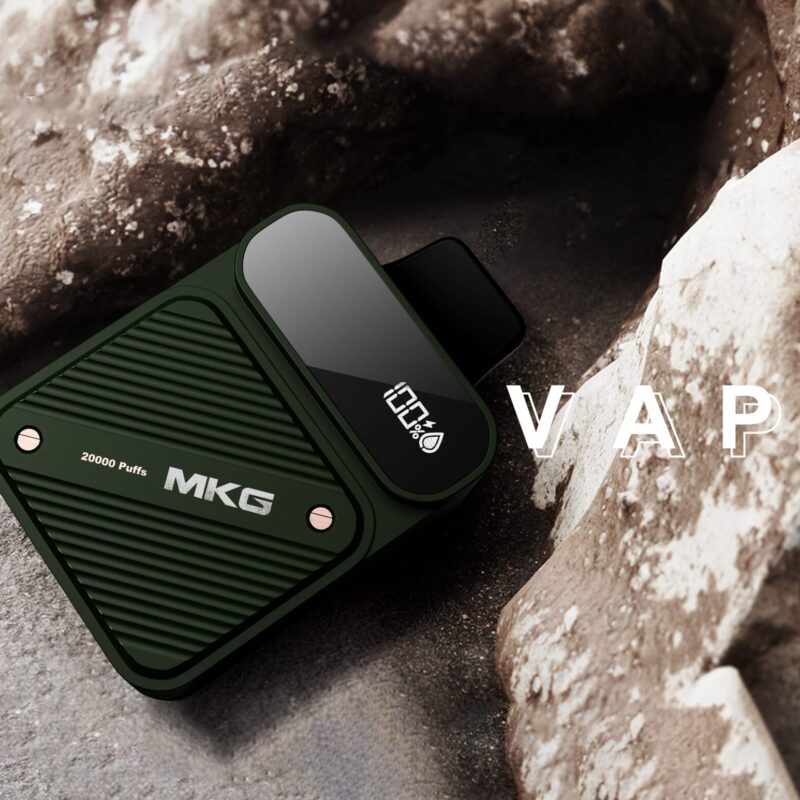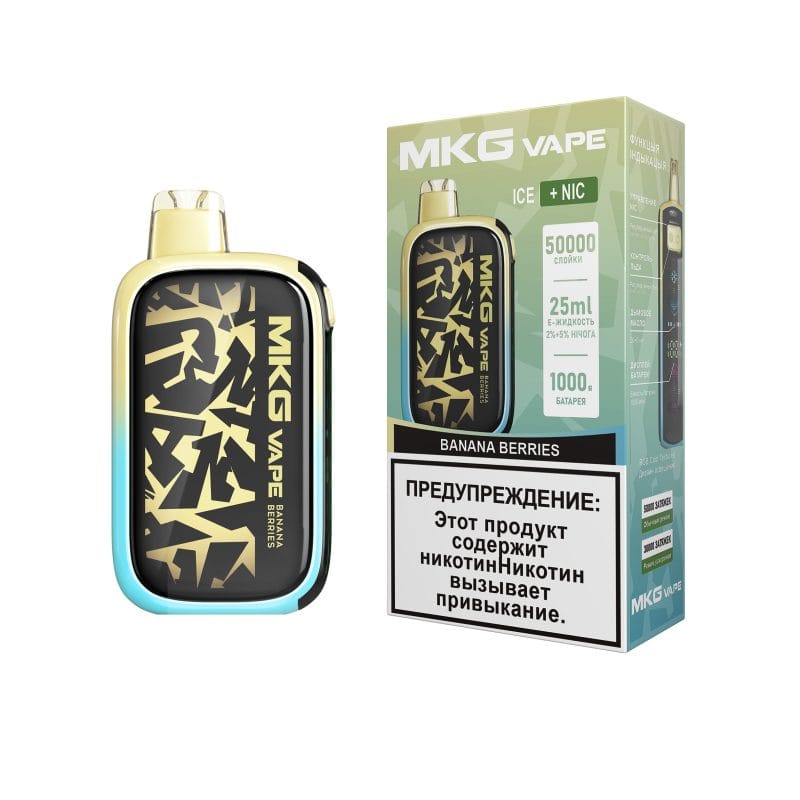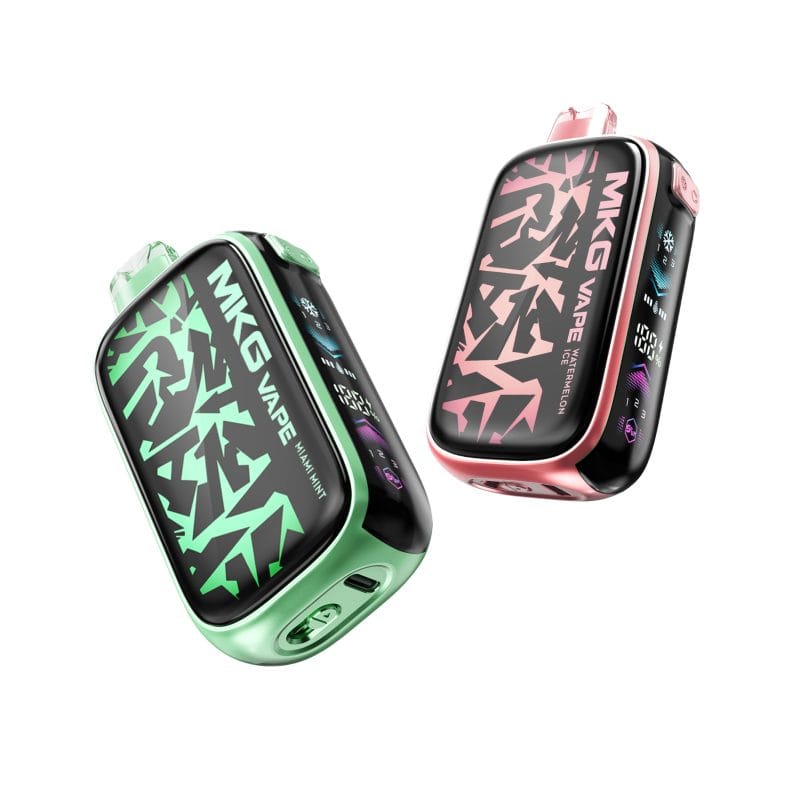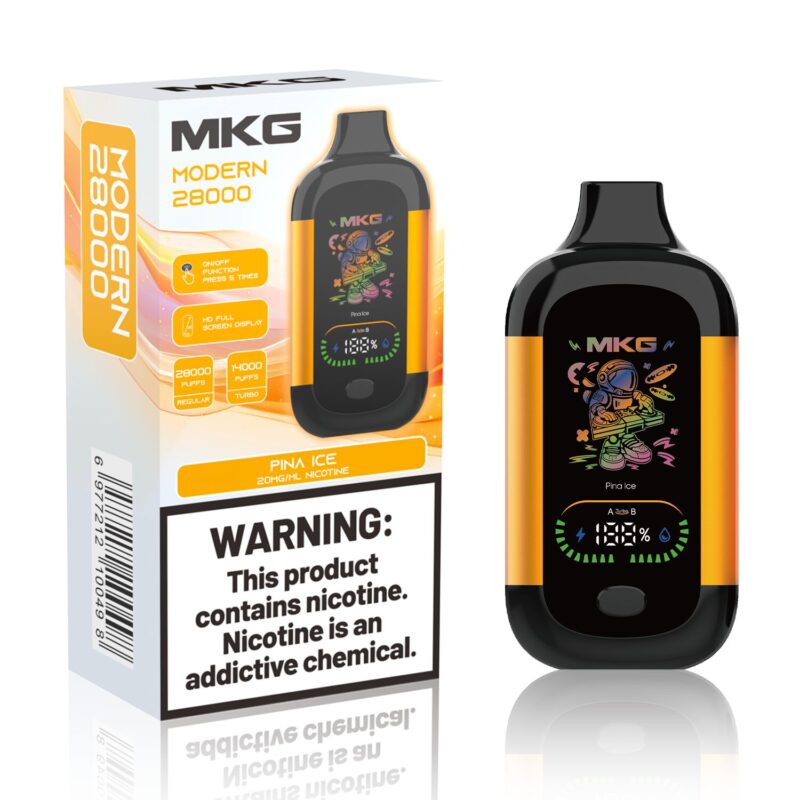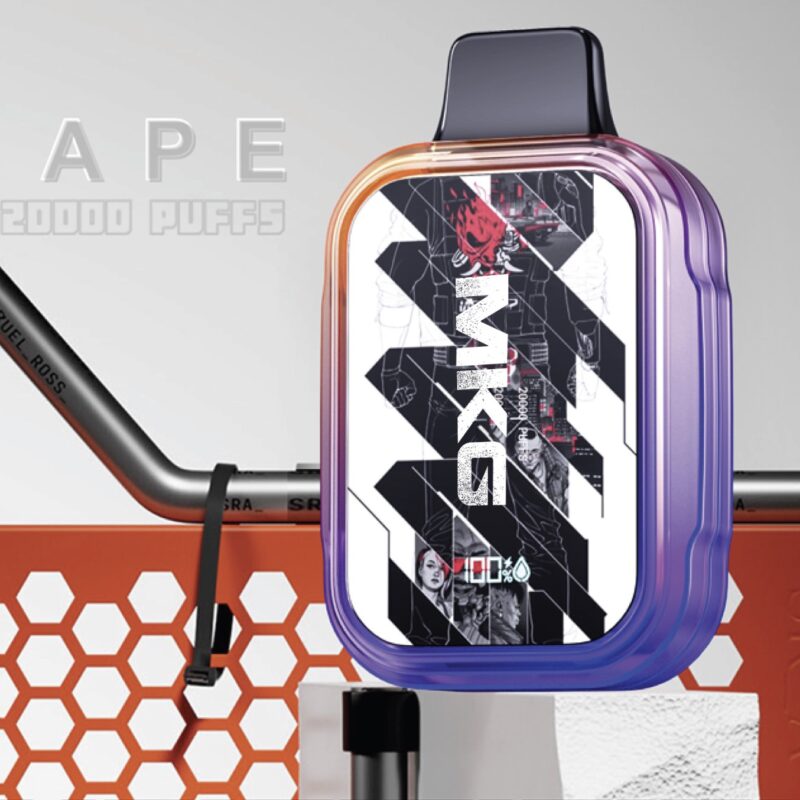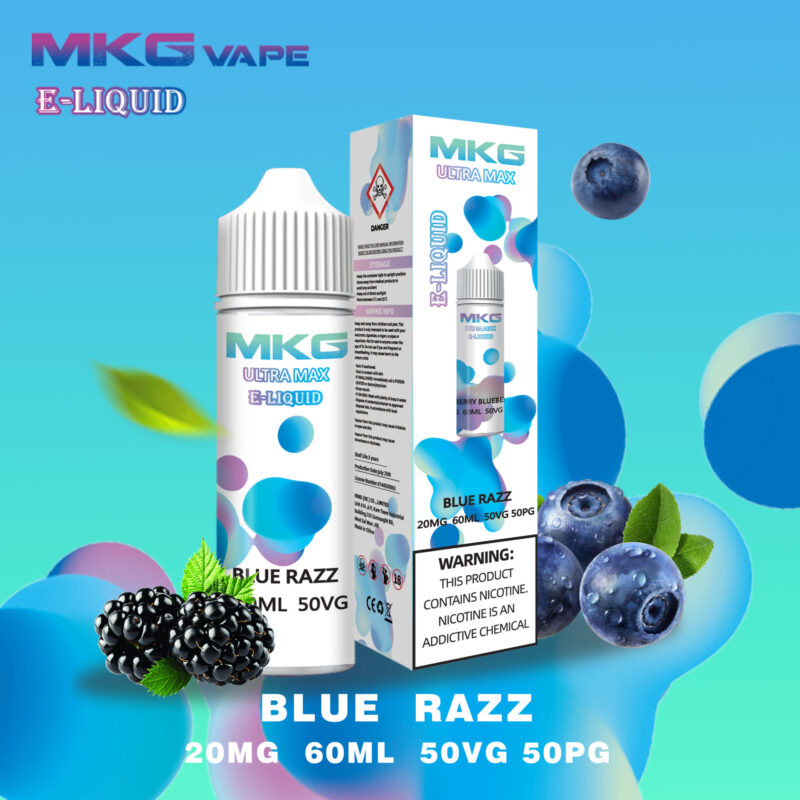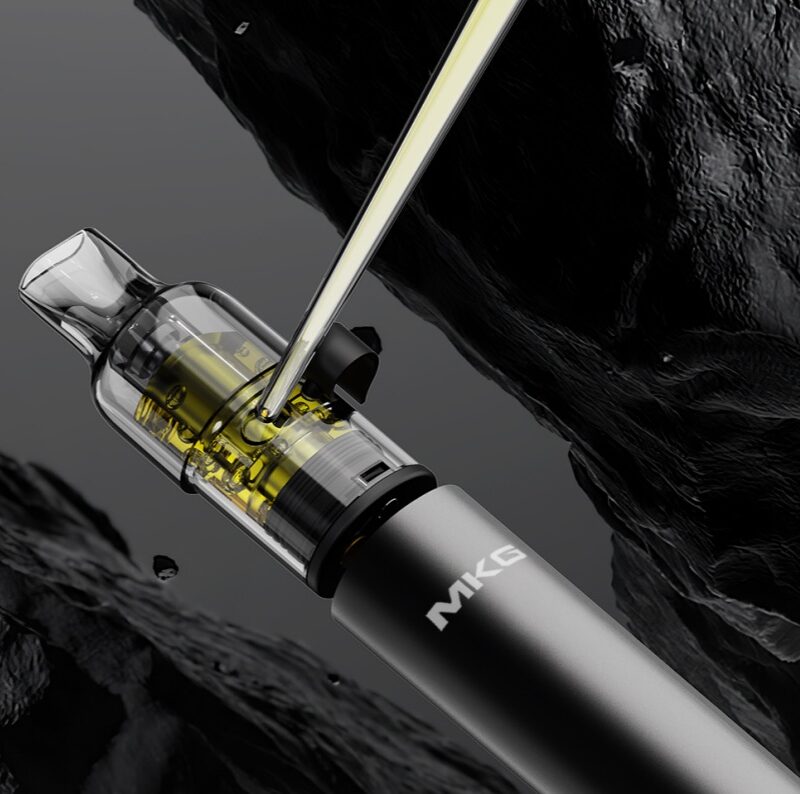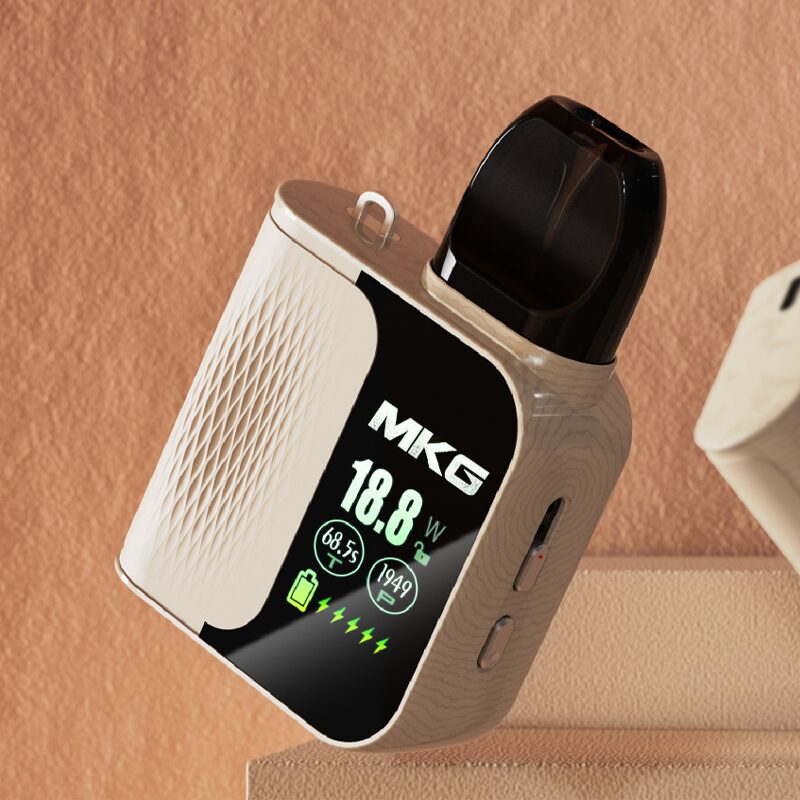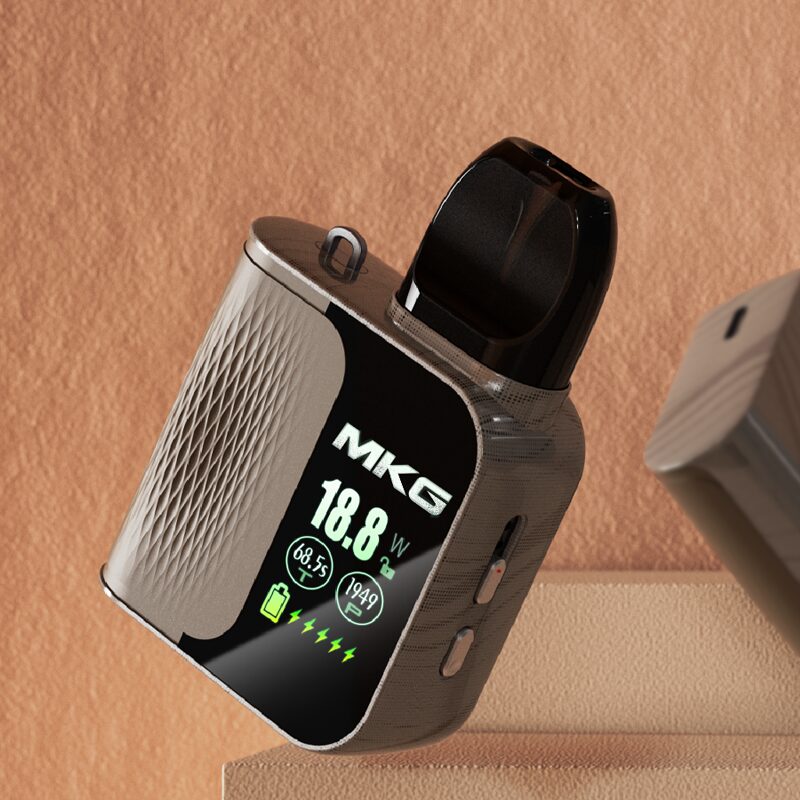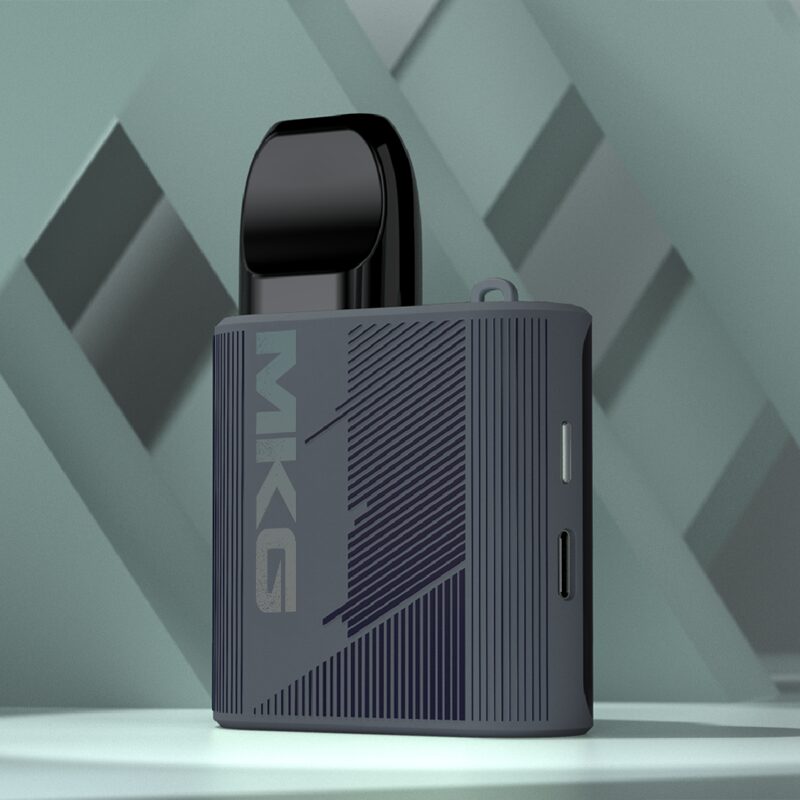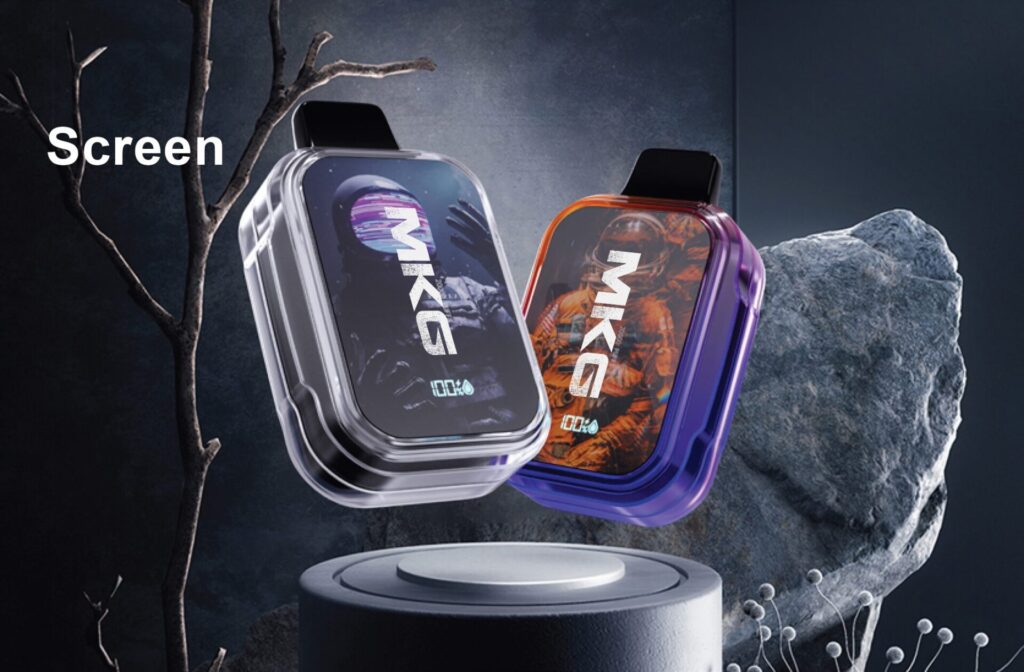As a substitute for cigarettes, electronic cigarettes have gradually been recognized by the market, especially in the European and American markets. However, there are relatively strict standards for exporting to the European and American markets. Therefore, various testing reports such as smoke testing, e-liquid composition analysis, etc. are very important for e-cigarettes.
E-cigarette testing – structural testing requirements:
1. The part of the cigarette holder in contact with the oral cavity for a long time must meet the requirements of food contact materials;
2. The battery must meet the battery directive or other relevant requirements;
3. Other electronic components must meet the requirements of the RoHS directive and REACH regulations;
4. Information must be transmitted on the components of e-liquid, including the collection of safety data sheets (SDS), etc.
E-cigarette testing – smoke oil testing requirements
1. Nicotine testing according to California 65 requirements;
2. Determination of 4 specific nitrosamine compounds according to FDA technical documents;
3. Test propylene glycol, diethylene glycol and other harmful substances in electronic cigarette oil;
4. The heavy metals in e-liquid determined by referring to the method of heavy metals in USP nicotine;
5. Test the microbial content and antiseptic efficacy of electronic cigarettes with reference to the requirements of the United States Pharmacopoeia USP;
6. TRA Toxicity Analysis – EU and US;
7. Electronic cigarette MSDS safety data sheet service – according to EU 2001/58/EC, 1999/45/EC, 67/548/EEC, Regulation (EC) No.1907/2006; US 29 CFR 1910.1200 (g), ISO 11014 -1 and other international standards to issue safety data sheets.
E-cigarette testing – TPD testing items
1. Nicotine consistency/nicotine
2. Carbonyl Compounds/carbonyl compounds
3. Trace Metals/trace metals
4. Flavor/acetyl
5. Glycol/alcohols
6. Tobacco-Specific Nitrosamines/Tobacco specific nitrosamines
7. VOC substances



